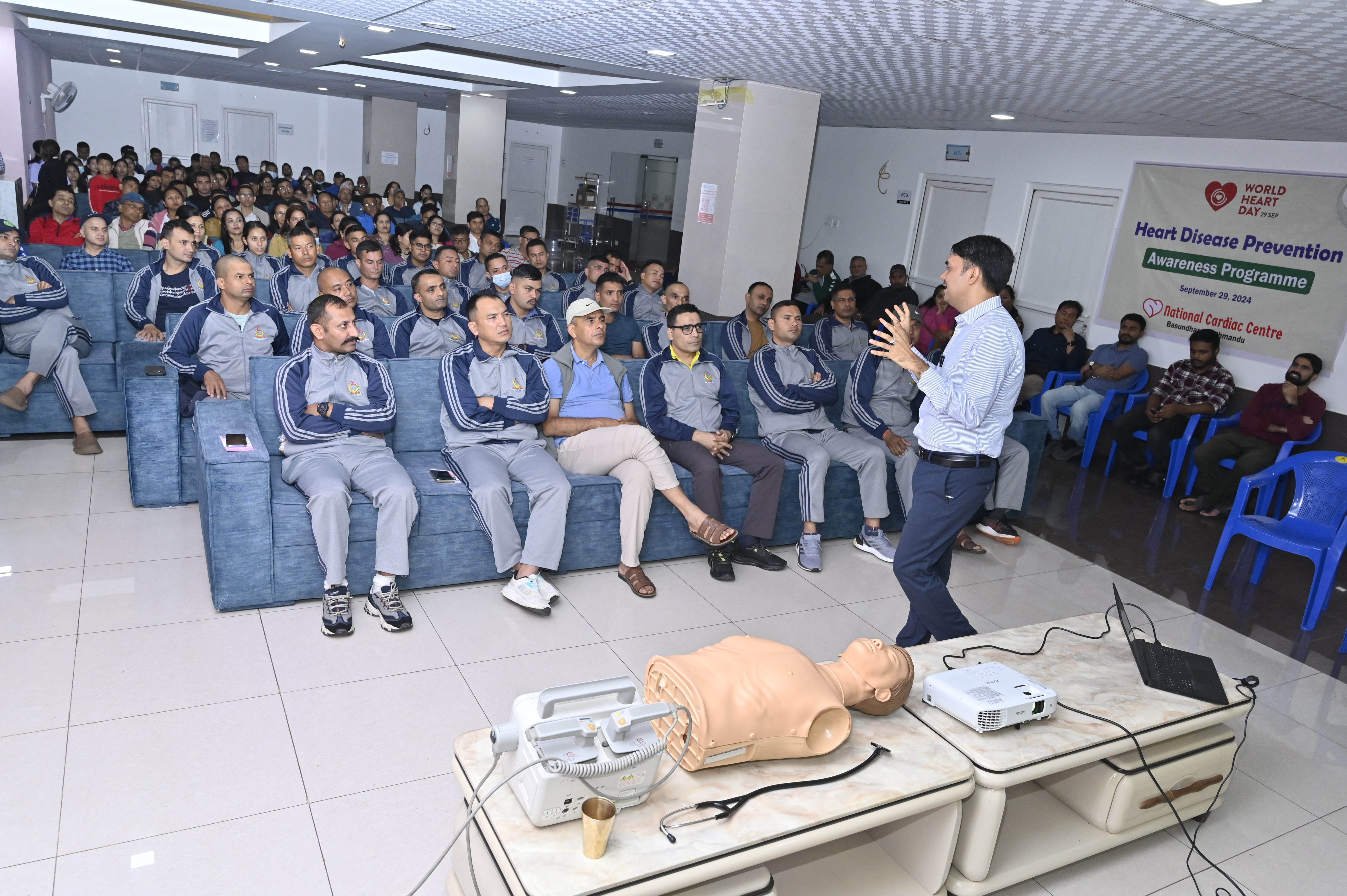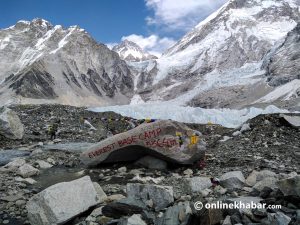
Heart disease is a major killer worldwide, hitting low- and middle-income countries like Nepal the hardest. Over 80 per cent of cardiovascular deaths happen in places where specialised healthcare is scarce. Free health camps are crucial for poorer communities in providing specialised care and offer early detection and prevention.
That’s why I have always been eager to join these camps. But over time, I started wondering—do they make a difference, or are they just symbolic? My doubts stayed with me—until I experienced my first heart camp.
A senior colleague, aware of my interest in community health outreach, invited me to join one of their free heart camps. This camp was organised by the National Cardiac Centre, a leading institution in the country, known for offering evidence-based and patient-centric care. This was my first experience in a specialised heart camp. I was both excited and curious to see if it could challenge my earlier skepticism and offer more than just basic screenings.
Arriving at the centre at 7 am on a rainy morning, I was taken aback to see more than 50 volunteers already assembled. Despite the downpour, participants were already queuing for evaluation, a clear sign that such services were in high demand.
The diversity of the people attending—young and old, from different social strata—was also striking. Alongside six other doctors from NCC, I began seeing patients, and it quickly became apparent that this was no ordinary health camp.
So far, in my personal experience in many cases, the process is expedited, often skimming over key assessments. But here, there were no shortcuts. Every patient underwent a detailed evaluation; we filled out comprehensive forms that recorded their medical history, risk factors, and current symptoms. This wasn’t just about assessing heart conditions; it was a comprehensive health check designed to provide a thorough understanding of each individual’s overall health. We conducted physical exams, reviewed their lifestyle, and spent time counselling them about risk factors like diet, exercise, and smoking.
What truly changed my perspective was the level of care and attention given to each patient. After consultations, they were directed for blood tests, including fasting sugar and lipid profiles, with samples collected at four different stations to minimise waiting times.
Each patient also underwent an ECG, facilitated by three machines running simultaneously. Echocardiograms were performed by three cardiologists working in separate units, ensuring efficiency. Standardised equipment was used to record patients’ weight, height, and body mass index. The meticulous attention to detail was remarkable, far exceeding the basic screenings typically expected at health camps.
Over the day, we saw more than 225 patients, a few of whom had serious, undiagnosed conditions like severe hypertension. For some, this camp was a life-changing experience, potentially preventing major complications that would have gone unnoticed otherwise. I found myself reconsidering my initial doubts about the value of health camps. While I had assumed that high-quality care was difficult to provide in such settings due to costs and logistics, this camp showed me that it’s possible to offer thorough, meaningful medical services.
The cost of providing such care, however, cannot be ignored. I estimated that each participant received over Rs 6,000 worth of medical services. This made me appreciate the scale of NCC’s commitment—not just in terms of financial investment but also the manpower and resources required. From breakfast and educational materials for patients to the dedicated team of healthcare professionals, this was a concerted effort that went beyond a typical health camp.
In a healthcare system where the private sector is often criticised for high costs, the National Cardiac Centre (NCC) distinguishes itself through its commitment to prevention rather than focusing solely on treatment. Their patient-centred approach demonstrated both in this camp and in their routine operations serving over 30,000 patients annually from diverse economic backgrounds, challenges the the notion that private healthcare is purely profit-driven.
Founded by a renowned cardiologist with widely recognised contributions to heart health promotion, NCC consistently conducts outreach programs aimed at improving public health. The centre is equipped with state-of-the-art equipment and supported by a highly experienced team of dedicated doctors, alongside trained and skilled paramedics, offering a high standard of care to their patients.
I had heard of similar heart camps being organised in rural areas, and I now see the value they offer. Beyond that, NCC’s other initiatives, such as free telemedicine services for migrant workers and CPR training; further demonstrate their dedication to public health. These programs, along with their anti- smoking campaigns have real, tangible impacts on individuals who might otherwise never have access to specialised care.
This experience reshaped my understanding of the vital role health camps can play, particularly in addressing cardiovascular disease (CVD) in lower- and middle-income countries. These initiatives go beyond treatment; they are an essential component of the prevention strategy required to combat the growing burden of non-communicable diseases (NCDs) in Nepal.




















